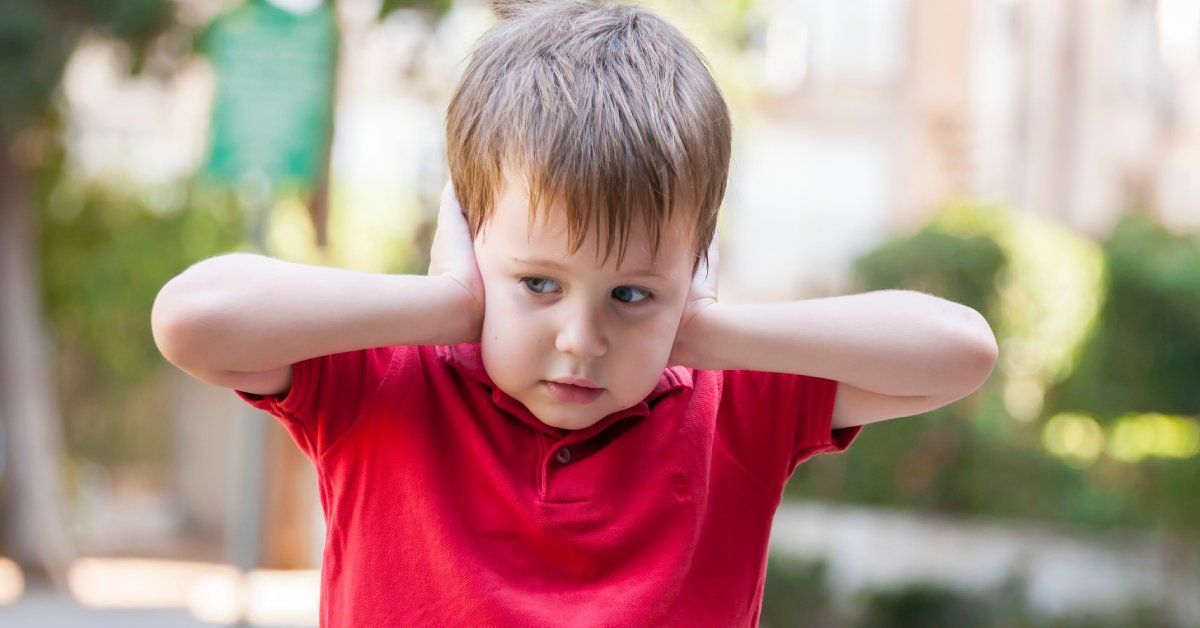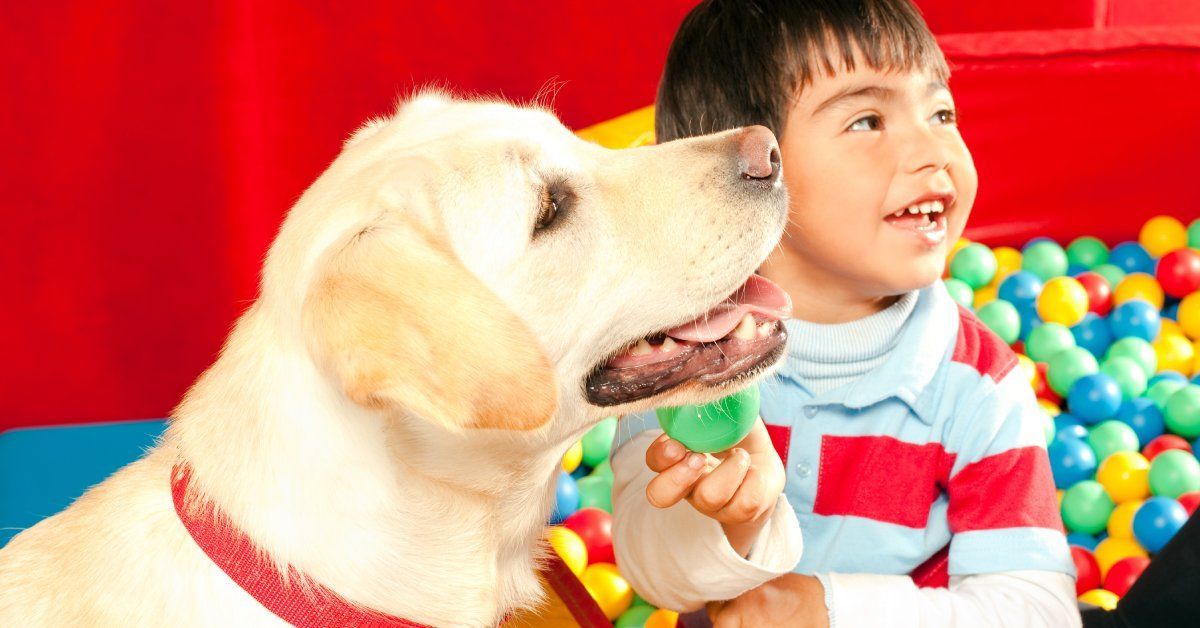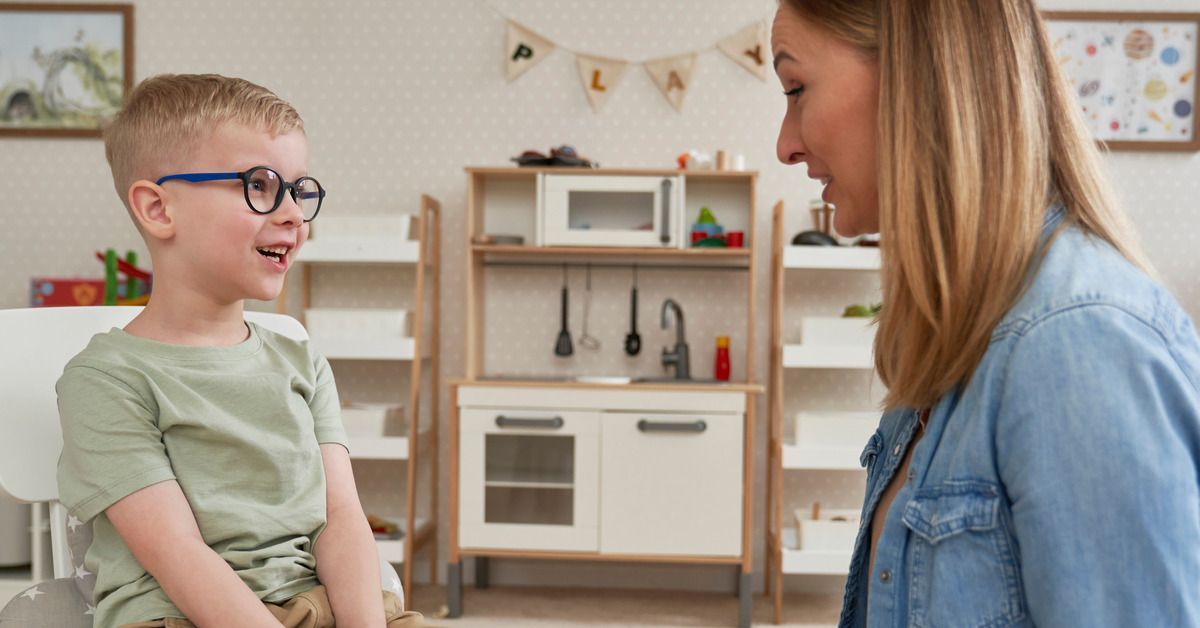5 Benefits of Animal-Assisted Therapy for Autism
Animal-assisted therapy is a highly impactful complement to traditional treatments for children with autism spectrum disorders (ASD). By incorporating the calming presence of animals with other therapies, people on the spectrum can progress their social skills, emotional regulation, and overall well-being.
It’s common for parents to feel overwhelmed when trying to find effective methods of support for their children’s growth and development. Exploring complementary therapies, like animal-assisted therapy, can immensely improve a child’s progress.
The application of animal-assisted therapy alongside practices such as applied behavior analysis (ABA) offers a more holistic strategy. Understanding what makes animal-assisted therapy effective could open new doors for families seeking to improve their child’s day-to-day life. Read through the benefits of animal-assisted therapy for autism to learn just how powerful this bond can be.
Strengthen Social Skills and Communication
For many children with autism, navigating social interactions is overwhelming and complex. Animals offer a unique space where communication and social learning become less intimidating. Interacting with animals through petting, feeding, and playing provides children on the spectrum the opportunity to practice communication skills without fear of judgment.
Notably, animals encourage nonverbal communication. Gestures such as pointing, touching, and nodding become natural when asking a child to express something to a therapy dog or horse. Over time, children can transfer this nonverbal communication to human interactions, strengthening their confidence and ability to connect with people.
The team at HANDS Center for Autism knows that every child deserves to reach their full potential. At our autism therapy center in North Carolina , we create individualized strategies for development and family support. One of the innovative therapies we incorporate is animal-assisted sessions. We believe that this method of treatment is an effective form of treatment that can greatly improve children on the spectrum’s physical and mental skills.
Reduce Anxiety and Promote Emotional Regulation

Alleviate Stress Through Animal Interaction
Anxiety is a common challenge for children with autism, often manifesting as heightened stress or agitation. Animals have a calming nature; they provide a safe and steady presence, making children feel grounded. Simply stroking a dog’s fur or sitting next to an animal can decrease cortisol levels, helping children return to a calm baseline after moments of stress.
Build Trust Through Unconditional Acceptance
Animals offer a form of unconditional acceptance that is essential for children who may struggle with trust. Unlike people, animals do not judge, making it easier for children to form safe emotional connections. The presence of an animal in therapy sessions fosters trust and allows children to feel more comfortable, reducing their emotional barriers to engagement.
Enhance Therapy Participation With Emotional Support
When animals stand by as a constant, reassuring presence, children feel less overwhelmed during therapy. This steady support encourages them to stay focused and engaged in the structured activities. Families frequently report that children who were once resistant to therapy are now more open and relaxed thanks to the calming influence of animals.
Increase Motivation for Participation in Therapy
Therapeutic activities often feel like a chore to children, leading to disengagement during treatments applied behavior analysis. However, the presence of therapy animals radically shifts the dynamic. Children become more enthusiastic to attend and participate in sessions when they anticipate spending time with a therapy cat, rabbit, or dog.
Animals naturally act as motivators, serving as a form of positive reinforcement. Kids are commonly drawn to the soothing companionship animals provide, which therapists can incorporate into treatment goals.
For instance, a therapist might instruct a child to complete a task, using time with the animal as their reward. This helps therapy become something children will look forward to, as opposed to projects that might feel daunting.
The synergy between trained therapists and therapy animals creates an enriched environment. By combining professional guidance with these motivational boosts, animal-assisted therapy builds a framework where effective therapy and engagement coexist seamlessly.
Improve Emotional Connections and Empathy
Building empathy is a complex challenge for children with autism, but animal-assisted therapy simplifies developing this emotion. When children interact with animals, they can learn to understand and care for another being while developing a deeper connection to the environment around them.
Through these activities, emotional connections also flourish. The sense of responsibility that arises when caring for an animal creates a budding foundation of emotional maturity. Bonding with animals has been shown to pave the way for forming human connections as well.
Animals also inherently fill roles as confidants. Gradually, children have an easier time stepping out of their emotional shells, thereby improving their overall emotional intelligence.
Increase Motor Skills and Physical Coordination

Enhance Fine Motor Skills Through Animal Interaction
Children with autism commonly struggle with developing physical coordination and motor skills. Animal-assisted therapy offers opportunities for improvement. Tasks like brushing or grooming a therapy animal help children refine their fine motor movements, fostering better control and dexterity.
Encourage Gross Motor Skill Development
Animal-assisted therapy also supports the development of gross motor skills. Activities like running with a therapy dog or leading a therapy horse provide children with the chance to engage their large muscle groups. As a result, children can improve their balance, strength, and coordination.
Make Therapy Fun and Engaging
Incorporating animals into therapy makes physical exercises feel more like playtime than work. Activities such as throwing a ball for a therapy dog, stacking blocks in an animal-themed game, and walking alongside a guide pony can motivate children to participate. These enjoyable tasks help children practice controlled movements while having fun.
Build Confidence and Physical Strength
As children engage in structured animal-assisted exercises, they develop better strength, balance, and precision. Over time, these physical benefits empower children to feel more confident in their abilities, improving their overall coordination and sense of movement.
Support Holistic Autism Therapy Plans
The benefits of animal-assisted therapy for autism reveal that animals act as motivators, companions, and guides for physical and mental development in children. These outcomes make animal-assisted therapy a great addition to ABA therapy, encouraging children and families to progress toward their goals.
Discover how animal-assisted therapy could enhance your child’s progress. Contact HANDS Center for Autism today for a consultation tailored to your child’s needs and join a community committed to making lasting strides forward.







